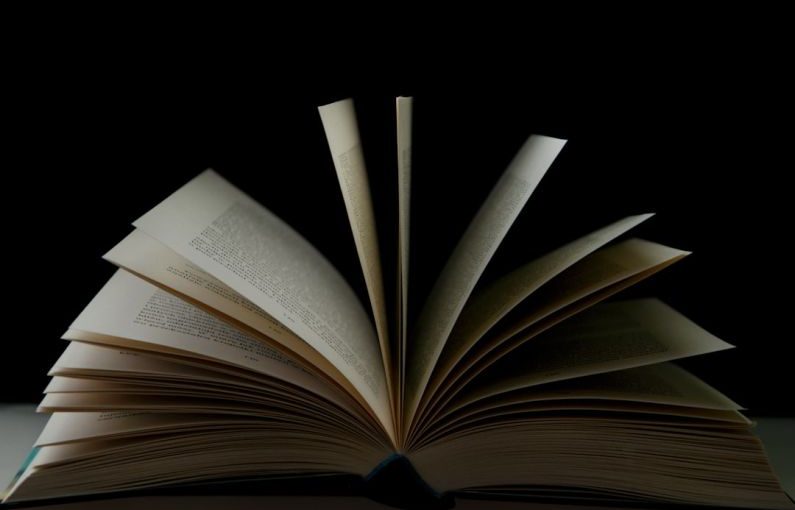Sugar, with its sweet taste and crystalline structure, has long been a symbol of pleasure, comfort, and indulgence. In literature, sugar is often used metaphorically to evoke a sense of sweetness, richness, or excess. From Shakespearean sonnets to modern novels, the use of sugar in literature adds layers of meaning and emotion to the text. Let’s explore how sugar has been utilized as a literary device throughout history.
The Sweetness of Words: Sugar as a Symbol of Love and Affection
In many works of literature, sugar is used to symbolize love, affection, and tenderness. Just as sugar adds sweetness to food, it also adds warmth and comfort to relationships. In William Shakespeare’s sonnets, the poet often compares his beloved to sugar, highlighting their sweetness and desirability. For example, in Sonnet 18, Shakespeare famously writes, “Shall I compare thee to a summer’s day? Thou art more lovely and more temperate.” Here, the comparison to a summer’s day suggests the beauty and warmth of the beloved, much like the sweetness of sugar.
Similarly, in Jane Austen’s novel “Pride and Prejudice,” the character Mr. Darcy is described as having a “sweet disposition,” implying that he is kind, pleasant, and affable. This use of sugar as a metaphor for personality traits adds depth to the character and conveys a sense of charm and likability.
Indulgence and Excess: Sugar as a Symbol of Luxury and Opulence
In addition to symbolizing love and affection, sugar is often used in literature to represent luxury, opulence, and excess. In F. Scott Fitzgerald’s classic novel “The Great Gatsby,” the character Jay Gatsby is known for throwing extravagant parties filled with excess and indulgence. The abundance of sugar in the form of cocktails, desserts, and confections at Gatsby’s parties symbolizes the wealth and decadence of the Jazz Age.
Furthermore, in Gabriel Garcia Marquez’s novel “One Hundred Years of Solitude,” sugar is a recurring motif that represents the wealth and power of the Buendia family. The characters in the novel are often seen indulging in sugary treats like candied fruits and desserts, highlighting their privileged and extravagant lifestyle.
Bitterness and Deception: Sugar as a Mask for Hidden Realities
While sugar is commonly associated with sweetness and pleasure, it can also be used in literature to convey bitterness, deception, and hidden truths. In Truman Capote’s novella “Breakfast at Tiffany’s,” the character Holly Golightly is described as having a “sugar-coated” exterior that masks her true emotions and vulnerabilities. This use of sugar as a metaphor for superficiality and façade adds complexity to the character and underscores the theme of disillusionment in the story.
Similarly, in the poem “The Waste Land” by T.S. Eliot, sugar is used to symbolize the artificiality and emptiness of modern life. The speaker laments, “HURRY UP PLEASE IT’S TIME,” highlighting the urgency and superficiality of societal expectations, much like the fleeting sweetness of sugar that ultimately leaves a bitter aftertaste.
In Conclusion: The Multifaceted Symbolism of Sugar in Literature
Throughout the history of literature, sugar has been a versatile and multifaceted symbol that represents love, luxury, deception, and more. From Shakespearean sonnets to contemporary novels, the use of sugar as a metaphor adds layers of meaning and emotion to the text, enriching the reader’s experience and understanding of the themes at play. Just as sugar can enhance the flavor of a dish, it can also enrich the narrative of a story, leaving a lasting impression on those who savor its sweet words and metaphors.





